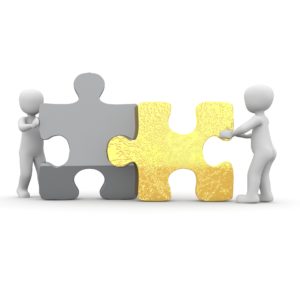
Curiosity is one of our motives according to Ph.D. Steven Reiss. We all have it, but to a very different extent, from very low to very high.
When people with high and low curiosity motive work together, there is a risk for dissatisfaction. As a leader, try to understand the cues how your co-workers prefer to work and how they can complement each other. If you are for example implementing a change or starting a new project, some people like to analyse and understand everything in detail before they start to work. But those people with low curiosity motive prefer to see some results, and therefor start to work straight away, rather than analysing and having long meetings where matters are discussed in depth. Engagement will increase when co-workers are involved in a way that mostly resonate with their work style, which in turn will increase their work performance.
If you want to know more about differences in motivation, and to avoid dissatisfaction in your team: Informator is conducting a Reiss motivation profile training for improved co-operation and leadership, please see below:
Aila Kekkonen
Certified Reiss Motivation Profile coach, facilitator and trainer